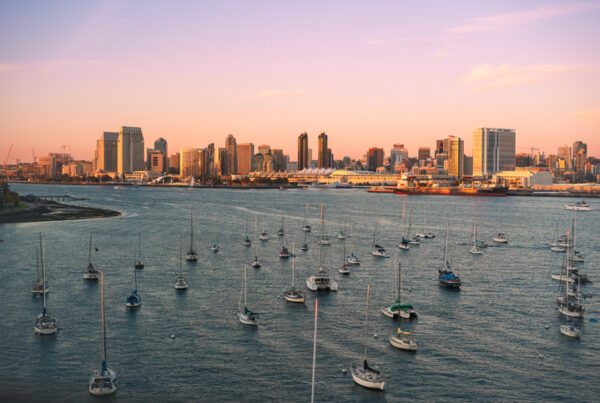Calls to wrest Pacific Gas & Electric from investors’ hands have grown louder, amplified by a state bill that would allow cities to carve up PG&E territory into government-run utilities.
That’s the vision of Mayor London Breed and other San Francisco city officials, who last week announced a campaign called “Our City, Our Power,” aimed at acquiring the local PG&E power grid and shifting it to local control.
“We don’t think PG&E is the right entity to provide service in San Francisco,” said Barbara Hale, assistant general manager for power at the San Francisco Public Utilities Commission.
It has been more than a year since PG&E filed for bankruptcy protection, overwhelmed by billions of dollars in liabilities from wildfires traced to its equipment. To tap a $20 billion state fund to cover future fire losses, it must emerge from bankruptcy by June 30 — and it has yet to satisfy Gov. Gavin Newsom’s conditions regarding financing, governance and safety measures.
Scott Wiener, the state senator from San Francisco, has introduced legislation that would foster municipal control of utilities, which has long been the case in Los Angeles and Sacramento. To that end, San Francisco has offered $2.5 billion for PG&E assets that include poles, wires and substations within the city. The San Francisco Public Utilities Commission and the Board of Supervisors have given conditional approval for a bond issue to finance the takeover.
But unions representing the utility’s workers oppose a breakup because of concerns about loss of benefits like pension credits.
“What San Francisco is talking about is taking our members and forcing them into other unions,” said Tom Dalzell, business manager for the International Brotherhood of Electrical Workers Local 1245, which represents about 12,000 PG&E employees. “They would have to start all over in a whole new pension system.”
Mr. Dalzell also questioned San Francisco’s ability to run a more effective and efficient electricity system when it has struggled with its water services and transit system.



